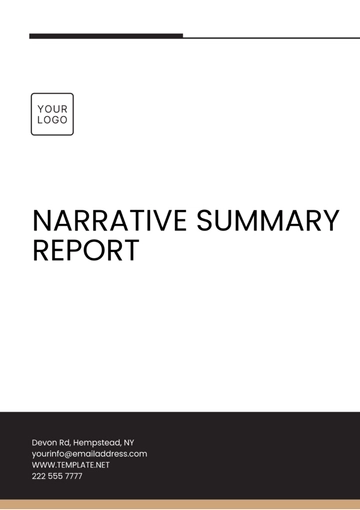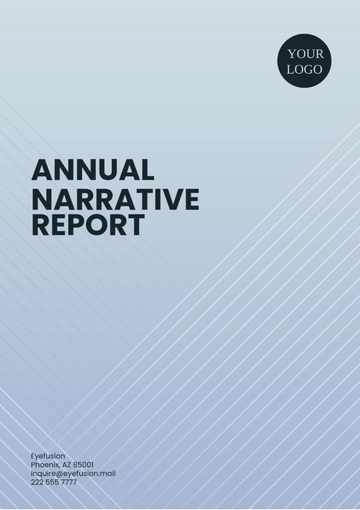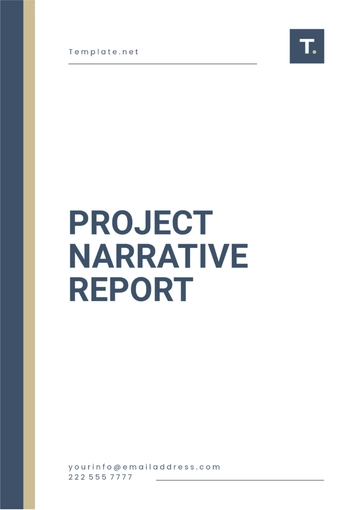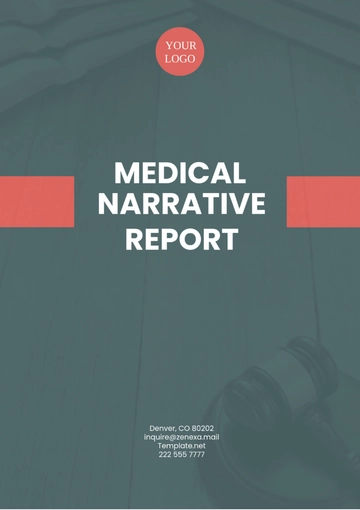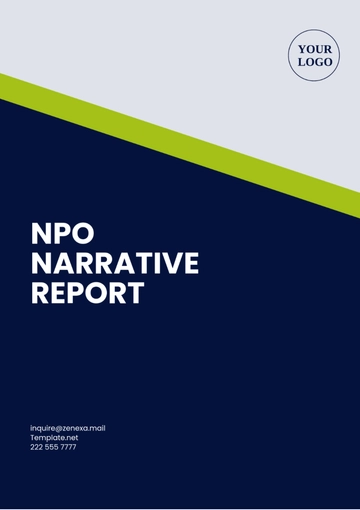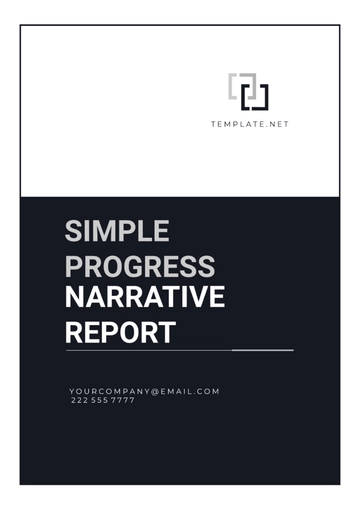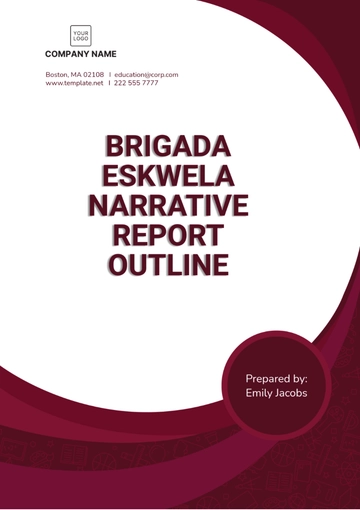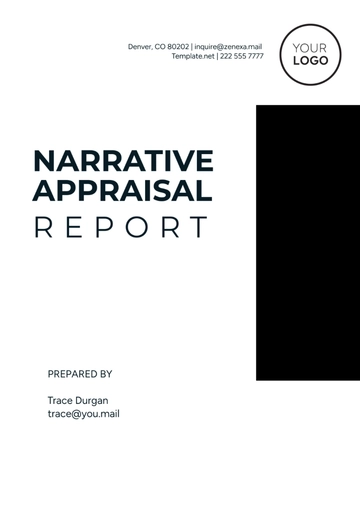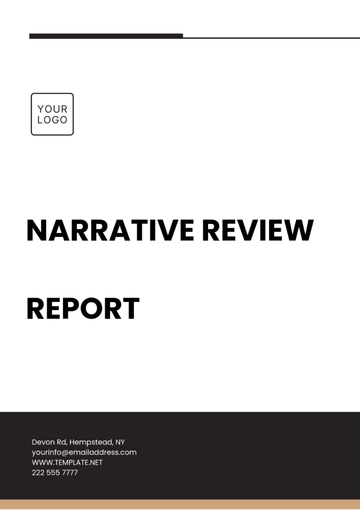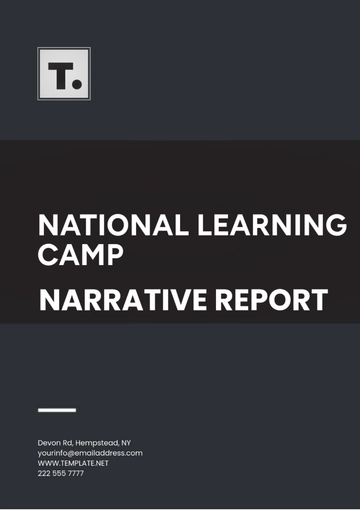Free Blank Church Pastoral Report
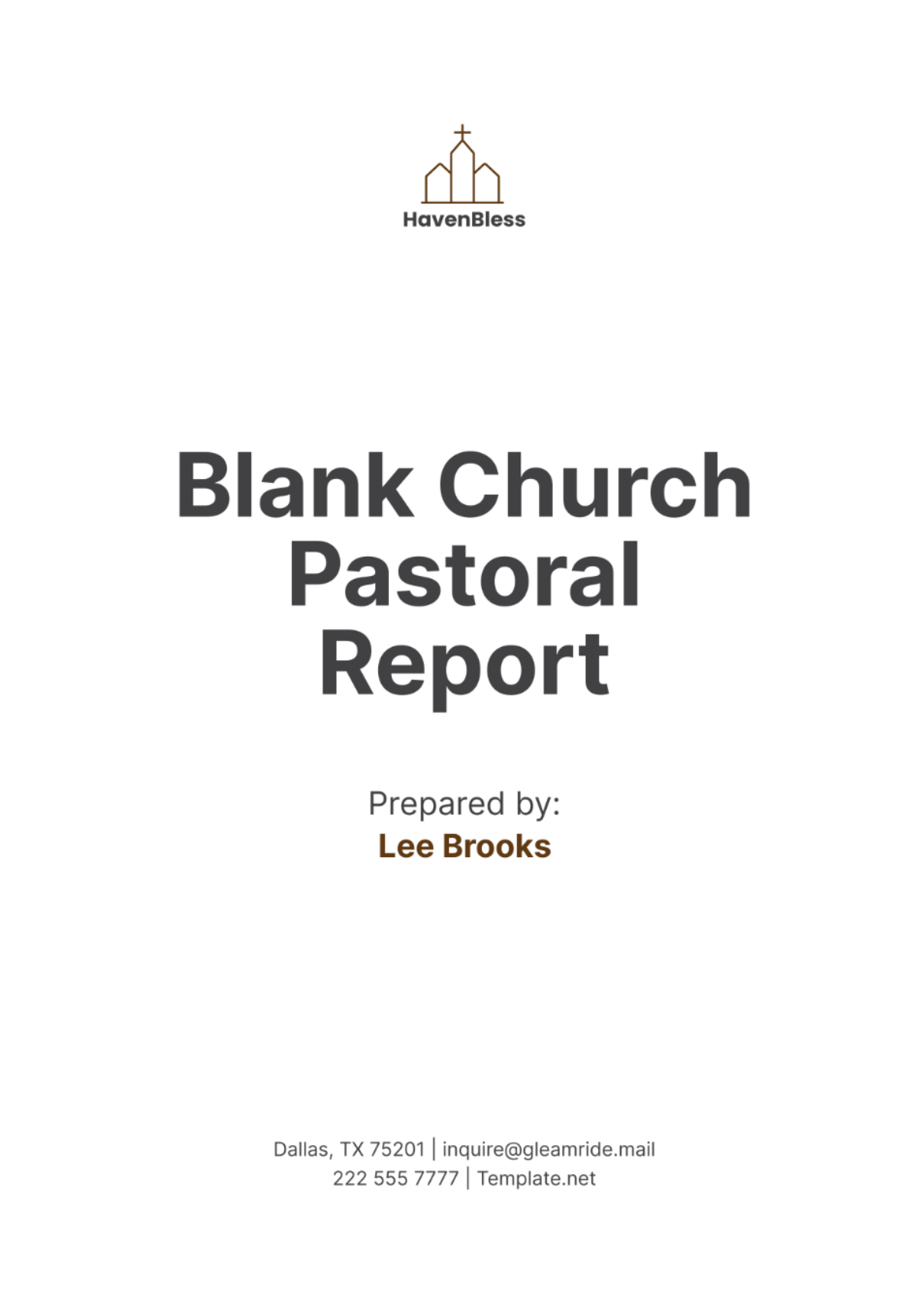
I. Executive Summary
A. Overview of the Report
(This section provides a brief introduction to the contents and purpose of the report. It offers a snapshot of the church’s current status and major themes covered in the document.)
B. Key Achievements and Highlights
(Summarize the most significant accomplishments of the past period, including successful events, programs, and milestones. Highlight any exceptional contributions from members or staff that have positively impacted the church.)
C. Summary of Challenges and Needs
(Outline the primary challenges faced by the church, including any areas of concern or difficulties encountered. Detail the specific needs that have emerged and may require attention or support.)
II. Worship and Service Attendance
A. Weekly Attendance Statistics
(Provide data on the average weekly attendance for regular services and special events. Analyze trends over time to identify growth patterns or areas needing improvement.)
B. Trends and Observations
(Discuss observed trends in attendance, such as increases or decreases during particular seasons or after specific events. Offer insights into the factors influencing these trends.)
C. Special Services and Events
(Review attendance and feedback for special services, such as holiday services, community events, or guest speakers. Assess their impact on the congregation and overall engagement.)
D. Congregational Feedback
(Summarize feedback collected from the congregation regarding worship services and overall church experience. Highlight key themes and suggestions for enhancement.)
III. Ministries and Programs
A. Overview of Ministries
Description of Each Ministry
(Provide a brief description of each ministry within the church, including its mission, target audience, and key activities.)
Objectives and Goals
(Outline the primary objectives and goals for each ministry, including specific targets or outcomes intended to be achieved.)
B. Program Activities and Outcomes
Summary of Activities
(Detail the main activities and events organized by each program, including regular meetings, outreach efforts, and special initiatives.)
Achievements and Success Stories
(Highlight notable achievements and success stories resulting from the program activities, such as impactful outreach or successful events.)
Areas for Improvement
(Identify areas where the programs may need enhancement or where challenges have been faced. Provide recommendations for addressing these issues.)
C. Outreach and Community Services
Overview of Outreach Initiatives
(Summarize the church’s outreach and community service initiatives, including their goals and target audiences.)
Community Impact
(Assess the impact of these initiatives on the local community, including any measurable outcomes or feedback received.)
Volunteer Involvement
(Review the level of volunteer participation in outreach efforts and community services, and discuss ways to increase engagement.)
IV. Spiritual and Pastoral Care
A. Pastoral Visits and Counseling
Number of Visits
(Please provide a detailed account of the total number of pastoral visits and counseling sessions that were conducted throughout the specified period.)
Types of Counseling Provided
(Please provide a detailed description of the different types of counseling services that are available. In your explanation, include specific issues that these counseling sessions address, as well as any particular forms of support that are offered to the members who participate in these services.)
B. Spiritual Development Programs
Bible Studies and Small Groups
(Outline the structure and participation in Bible studies and small groups, including topics covered and attendance figures.)
Educational and Training Opportunities
(Detail any educational programs or training sessions offered, such as workshops or seminars on spiritual growth.)
C. Support for Congregational Needs
Assistance Provided
(Describe the various forms of assistance provided to members, including financial help, emotional support, or practical aid.)
Ongoing Support and Follow-Up
(Explain the follow-up procedures in place to ensure continued support for members receiving pastoral care.)
V. Financial Overview
A. Income and Expenditures
Summary of Income Sources
(Provide a breakdown of income sources, including tithes, donations, and special fundraisers.)
Detailed Expenditures
(List and categorize expenditures, highlighting significant spending areas such as salaries, maintenance, and program costs.)
B. Budget Analysis
Budget Performance
(Compare actual financial performance against the budgeted figures, noting any variances.)
Variances and Reasons
(Analyze reasons for significant variances between the budget and actual performance, offering explanations and context.)
C. Financial Health and Sustainability
Current Financial Status
(Assess the church’s overall financial health, including cash flow, reserves, and debt levels.)
Long-Term Financial Planning
(Discuss strategies for ensuring long-term financial sustainability, including investment plans and future fundraising efforts.)
VI. Staff and Volunteer Updates
A. Staff Changes
New Hires
(Introduce any new staff members, including their roles and responsibilities.)
Departures and Transitions
(Report on staff departures and transitions, including reasons and the impact on church operations.)
B. Volunteer Engagement
Volunteer Participation
(Provide information on volunteer involvement, including the number of active volunteers and areas of service.)
Recognition and Appreciation
(Highlight any recognition or appreciation efforts for volunteers, such as awards, thank-you events, or public acknowledgments.)
C. Training and Development
Training Programs Conducted
(Outline any training programs or professional development opportunities provided to staff and volunteers.)
Staff and Volunteer Development
(Discuss the impact of training on staff and volunteer performance, and future plans for ongoing development.)
VII. Goals and Future Plans
A. Review of Past Goals
Achievements
(Reflect on the goals set in previous reports and the level of achievement realized.)
Unmet Goals and Challenges
(Identify goals that were not fully met, along with the challenges encountered and lessons learned.)
B. New Objectives and Goals
Short-Term Goals
(Set specific, measurable objectives for the near future, including timelines and expected outcomes.)
Long-Term Strategic Goals
(Define long-term goals aligned with the church’s vision, including strategic initiatives and major projects.)
C. Action Plans and Strategies
Implementation Plans
(Detail the action plans required to achieve the new goals, including key activities and responsibilities.)
Resource Allocation
(Outline the resources needed for implementation, including financial, human, and material resources.)
VIII. Challenges and Needs
A. Identified Challenges
Operational Challenges
(Describe any operational issues faced by the church, such as facility problems or administrative obstacles.)
Congregational Issues
(Discuss any challenges related to congregational engagement or internal dynamics.)
B. Resource Needs
Financial Needs
(Identify any financial resources required to address challenges or support new initiatives.)
Human Resources
(Discuss the need for additional staff or volunteer support to meet operational demands.)
C. Strategic Solutions
Proposed Solutions
(Offer potential solutions for addressing identified challenges, including strategic actions and improvements.)
Plan for Addressing Needs
(Develop a plan for implementing the proposed solutions, including timelines and responsible parties.)
IX. Appendices
A. Supporting Documents
Attendance Charts
(Include charts or graphs illustrating attendance statistics and trends.)
Financial Statements
(Provide detailed financial statements and summaries for review.)
B. Additional Data and Reports
Ministry Reports
(Attach reports from various ministries detailing their activities and outcomes.)
Feedback Surveys
(Include results from congregational feedback surveys and other relevant data.)
- 100% Customizable, free editor
- Access 1 Million+ Templates, photo’s & graphics
- Download or share as a template
- Click and replace photos, graphics, text, backgrounds
- Resize, crop, AI write & more
- Access advanced editor
The Blank Church Pastoral Report Template from Template.net is a versatile tool for church leaders seeking an efficient reporting solution. Fully editable and customizable, it allows for easy personalization of key church activities and statistics. Enhanced with the AI Editor Tool, it streamlines report creation, ensuring a professional and tailored presentation for every occasion.
You may also like
- Sales Report
- Daily Report
- Project Report
- Business Report
- Weekly Report
- Incident Report
- Annual Report
- Report Layout
- Report Design
- Progress Report
- Marketing Report
- Company Report
- Monthly Report
- Audit Report
- Status Report
- School Report
- Reports Hr
- Management Report
- Project Status Report
- Handover Report
- Health And Safety Report
- Restaurant Report
- Construction Report
- Research Report
- Evaluation Report
- Investigation Report
- Employee Report
- Advertising Report
- Weekly Status Report
- Project Management Report
- Finance Report
- Service Report
- Technical Report
- Meeting Report
- Quarterly Report
- Inspection Report
- Medical Report
- Test Report
- Summary Report
- Inventory Report
- Valuation Report
- Operations Report
- Payroll Report
- Training Report
- Job Report
- Case Report
- Performance Report
- Board Report
- Internal Audit Report
- Student Report
- Monthly Management Report
- Small Business Report
- Accident Report
- Call Center Report
- Activity Report
- IT and Software Report
- Internship Report
- Visit Report
- Product Report
- Book Report
- Property Report
- Recruitment Report
- University Report
- Event Report
- SEO Report
- Conference Report
- Narrative Report
- Nursing Home Report
- Preschool Report
- Call Report
- Customer Report
- Employee Incident Report
- Accomplishment Report
- Social Media Report
- Work From Home Report
- Security Report
- Damage Report
- Quality Report
- Internal Report
- Nurse Report
- Real Estate Report
- Hotel Report
- Equipment Report
- Credit Report
- Field Report
- Non Profit Report
- Maintenance Report
- News Report
- Survey Report
- Executive Report
- Law Firm Report
- Advertising Agency Report
- Interior Design Report
- Travel Agency Report
- Stock Report
- Salon Report
- Bug Report
- Workplace Report
- Action Report
- Investor Report
- Cleaning Services Report
- Consulting Report
- Freelancer Report
- Site Visit Report
- Trip Report
- Classroom Observation Report
- Vehicle Report
- Final Report
- Software Report


